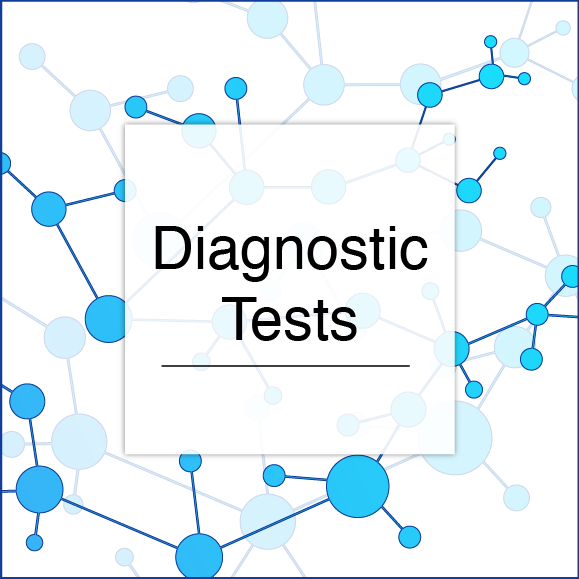
The 6-minute walk test (6MWT) is utilized to monitor status of several pulmonary diseases, as it provides information on disease progress and severity. It involves the patient walking along a corridor of specific length with preset start and finish lines for 6 minutes. For preparation purposes, the patient rests in a chair for 15 minutes beforehand, during which time blood pressure, heart rate, oxygen readings and dyspnea score at rest are measured and recorded. How the test will ensue, what the walking pace should be and that the patient is free to stop and rest in case of strain are all explained to the patient. Walking at a fast pace for 6 minutes under supervision of an observer is then requested. The observer may be a physician, nurse or physiotherapist. A chair should be made available within the confines of the walking track, should the patient feel the urge to sit down at any time. Exhaustion, severity of dyspnea and oxygen readings are monitored throughout the test. If the patient slows down during the walk, they are prompted by the observer to restore the initial pace. Sweating, pallor and marked reduction in oxygen readings are signs which warrant premature termination of the test. At the end of 6 minutes, blood pressure, heart rate, oxygen readings and dyspnea score are evaluated again. How much distance the patient covered in 6 minutes is recorded as well.
It is known that normal individuals are able to walk 400-700 meters for 6 minutes. However, the distance each patient is expected to walk during the test is calculated in accordance with their age, gender, height and body mass index. It is acknowledged that the distance recorded at the end of the test is indicative of a patient’s daily exercise capacity.
This test is commonly used to monitor progress of pulmonary hypertension and interstitial disease (hardening of pulmonary tissue). Reduced oxygen readings during the walk or less distance walked in comparison to previous tests suggests increased severity of disease or inadequate treatment response. Patients who display marked reduction in oxygenation during the walk test are recommended to use a mobile oxygen support system during exercise.